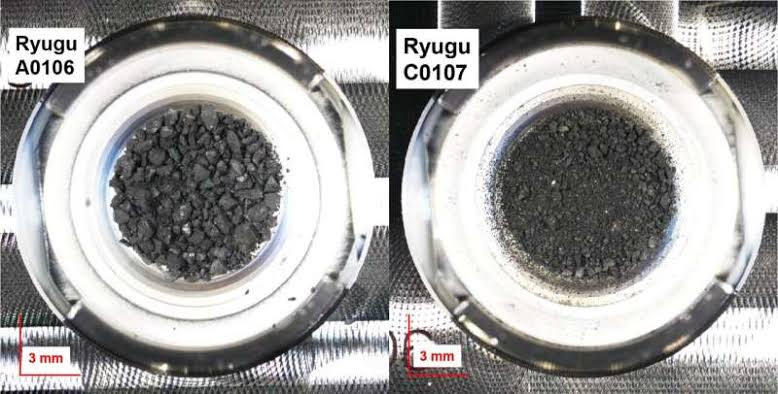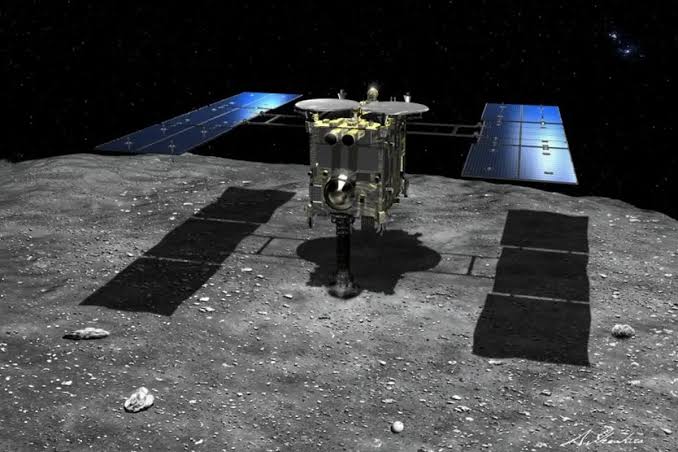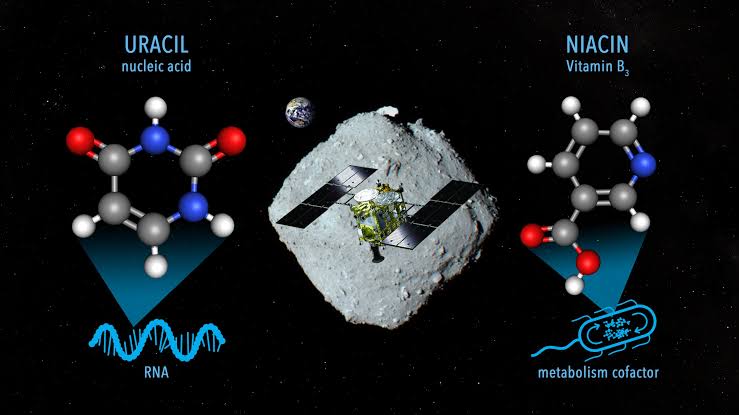Both scientists and fans have long found the search for extraterrestrial life to be exciting. We have been searching the universe for answers to the major questions pertaining to our existence for a long time. And now we are one step closer to unraveling the mysteries of the cosmos thanks to a recent find made by the Hayabusa2 spacecraft.
The Hayabusa2 spacecraft’s discovery of uracil and vitamin B3 on the Ryugu asteroid creates new avenues for investigation into the origins of life and the possibility of extraterrestrial life. We get a little bit closer to grasping the intricacy of the cosmos we live in and solving the riddle of our existence with every new discovery.
Support for the theory of extraterrestrial life

The discovery of uracil and vitamin B3 on the asteroid Ryugu by Hokkaido University researchers lead by Associate Professor Yasuhiro Oba is a remarkable advance. Uranium and Vitamin B3 add to the growing body of data indicating that the fundamental components of life may not have originated on Earth but rather in space.
The finding shows that the possibility of life may exist outside of our solar system, which has important ramifications for astrobiology and the hunt for life beyond our planet. This finding represents a critical turning point in our comprehension of the cosmos and our place within it.

This is particularly significant because it was directly collected by the Japanese Space Agency’s Hayabusa2 spacecraft and delivered to Earth in sealed capsules, obviating the possibility of contamination from Earth’s environment.
Nucleobases and vitamins have previously been found in a few carbon-rich meteorites, but contamination was still a problem. Contamination can be ruled out with the Ryugu samples, giving researchers more trustworthy proof for the hypothesis that the fundamental components of life may have come from outer space.
Related: Mystery Solved, What Scientists Think of Asteroid Ryugu Origin?
Concentrations of Uranium and Vitamin B3 on Ryugu

The researchers effectively detected nicotinic acid, uracil, and other nitrogen-containing organic chemicals in the Ryugu samples using liquid chromatography and high-resolution mass spectrometry. Uranium was present in concentrations between 6 and 32 parts per billion, while vitamin B3 was more prevalent, with concentrations between 49 and 99 parts per billion.
Along with other living molecules, the researchers discovered amino acids, amines, and carboxylic acids in the sample, which are essential elements of proteins and metabolism. Although not exactly same, the chemicals discovered are comparable to those previously discovered in carbon-rich meteorites.
According to the researchers, the different space conditions may be to blame for the discrepancies in uracil and vitamin B3 concentrations in the two Ryugu samples. They proposed that simpler molecules like ammonia, formaldehyde, and hydrogen cyanide, which are frequently found in cometary ice, likely generated nitrogen-containing compounds like uracil and nicotinic acid.
The parent body of Ryugu, which may have been a comet or another celestial object that had been subjected to low-temperature settings, may have had these simple molecules even though they were not found in the Ryugu samples.
Variations in concentrations of uracil and vitamin B3
Uranium and nicotinic acid were among the nitrogen-containing organic chemicals found in the Ryugu samples that the Hayabusa2 spacecraft gathered. It is thought that these compounds were formed from more basic molecules including ammonia, formaldehyde, and hydrogen cyanide. It is believed that the two samples’ different space habitats are the cause of the variations in uracil and vitamin B3 concentrations.
Despite the fact that they were absent from the Ryugu samples, these simple molecules may have existed in the parent body of Ryugu, which might have descended from a comet or another astronomical object. The researchers’ findings support the hypothesis that meteorites can bring vital components of life to Earth after they are generated in space.
Conclusion
This is a ground-breaking discovery that opens up new research opportunities into the beginnings of life and the possibility of extraterrestrial life is the discovery of the building blocks of life on Ryugu. As we continue to learn more about the universe we live in and the mysteries of our own existence, it is an exciting time for astrobiology.
